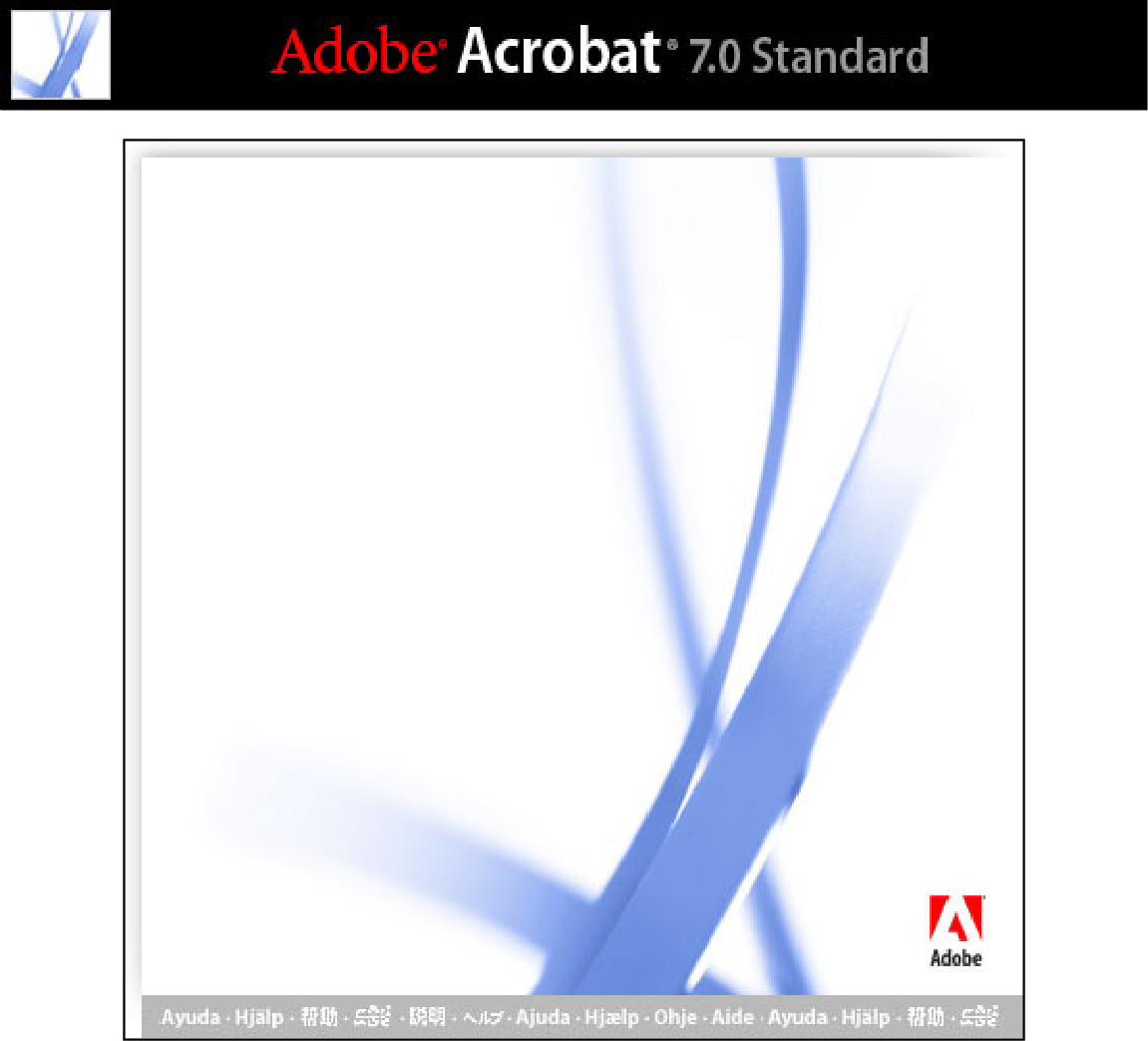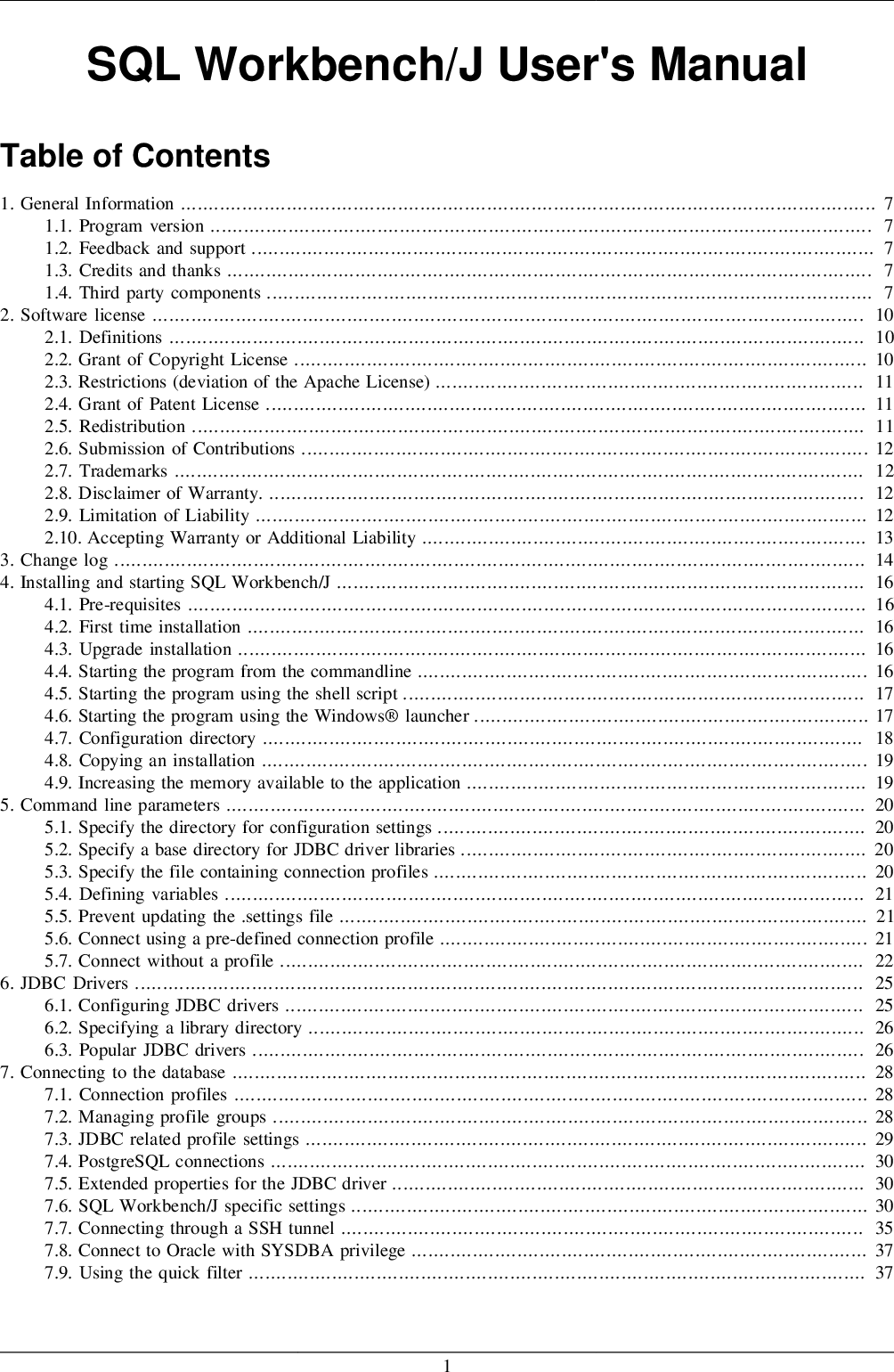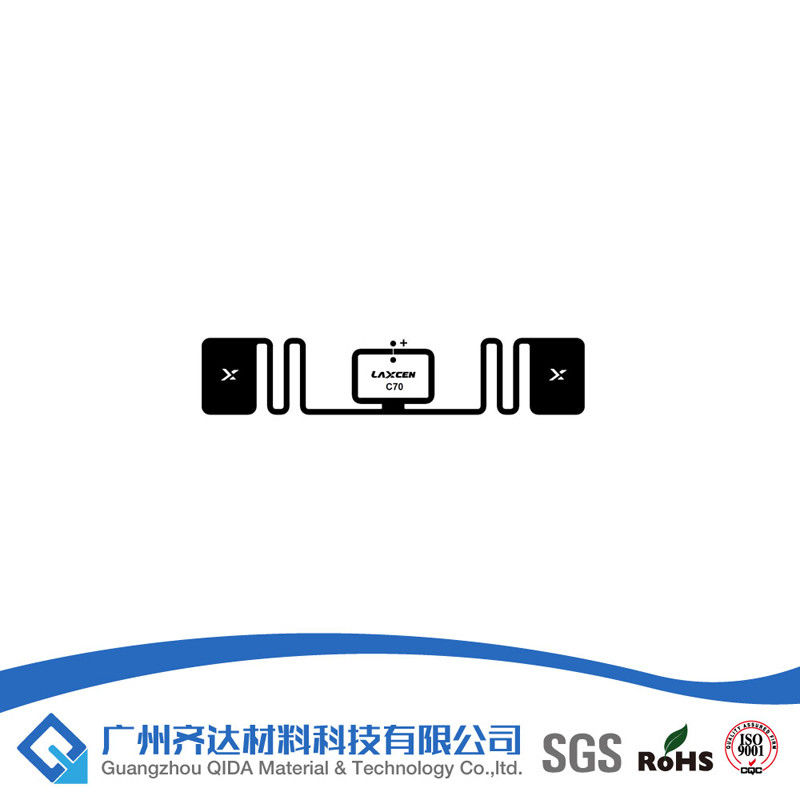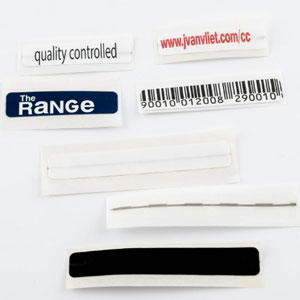40 security labels access control
en.wikipedia.org › wiki › Access_controlAccess control - Wikipedia The term access control refers to the practice of restricting entrance to a property, a building, or a room to authorized persons. Physical access control can be achieved by a human (a guard, bouncer, or receptionist), through mechanical means such as locks and keys, or through technological means such as access control systems like the mantrap ... › fhir › securitySecurity - FHIR v4.3.0 - Health Level Seven International Two of the classic Access Control models are: Role-Based Access Control (RBAC), and Attribute-Based Access Control (ABAC). In Role-Based Access Control (RBAC), permissions are operations on an object that a user wishes to access. Permissions are grouped into roles. A role characterizes the functions a user can perform. Roles are assigned to users.
Access Control List (ACL) Overview | Consul by HashiCorp This topic describes provides an overview of the optional access control list (ACL) system shipped with Consul. The ACL system authenticates requests and authorizes access to resources. It is used by the UI, API, and CLI for service-to-service communication and agent-to-agent communication.

Security labels access control
westoahu.hawaii.edu › access-controlAccess Control Models – UHWO Cyber Security Dec 06, 2002 · It is not possible for users to change access control of a resource. MAC uses “security labels” to assign resource objects on a system. There are two pieces of information connected to these security labels: classification (high, medium, low) and category (specific department or project – provides “need to know”). Access control for projects with IAM - Google Cloud 06.09.2022 · IAM lets you adopt the security principle of least privilege, so you grant only the necessary access to your resources. IAM lets you control who (users) has what access (roles) to which resources by setting IAM policies, which … Controlling Access to the Kubernetes API | Kubernetes 09.07.2022 · This page provides an overview of controlling access to the Kubernetes API. Users access the Kubernetes API using kubectl, client libraries, or by making REST requests. Both human users and Kubernetes service accounts can be authorized for API access. When a request reaches the API, it goes through several stages, illustrated in the following diagram: …
Security labels access control. techgenix.com › 5-access-control-types-comparisonComparing Access Control: RBAC, MAC, DAC, RuBAC, ABAC - TechGenix Mar 30, 2022 · Types of Access Control. Access control is one of the easiest and most effective ways to meet your security needs. Yet, not all techniques work the same way. In this section, I’ll go through the 5 main types of access control you’ll run into. 1. Mandatory Access Control (MAC) Above all others, MAC is the most strictly enforced control method. Access Control Models – UHWO Cyber Security - University of … 06.12.2002 · It is not possible for users to change access control of a resource. MAC uses “security labels” to assign resource objects on a system. There are two pieces of information connected to these security labels: classification (high, medium, low) and category (specific department or project – provides “need to know”). Each user account is ... › en-us › securityConditional Access and Access Control – Azure AD | Microsoft ... This security policy enforcement engine analyzes real-time signals to make security enforcement decisions at critical checkpoints. The left side of the diagram represents how signals from users, devices, locations, apps, data labels, and risk analysis are aggregated; decisions are enforced based on the aggregated signals. Mandatory Access Control: How does it work? - IONOS 14.10.2020 · Mandatory Access Control uses a hierarchical approach: Each object in a file system is assigned a security level, based on the sensitivity of the data. Examples of security levels include “confidential” and “top secret”. Users and devices are ranked in the same way. When a user tries to access a resource, the system automatically checks whether or not they …
› digitalguide › serverMandatory Access Control: How does it work? - IONOS Oct 14, 2020 · There are a number of options available for implementing and maintaining access control, including Mandatory Access Control. This model is also used in the political and military branches, which require tamper-proof protection of data. Keep reading to find out how this rule-based access control works and what its pros and cons are. Comparing Access Control: RBAC, MAC, DAC, RuBAC, ABAC 30.03.2022 · To that end, users can only access data their security labels entitle them to. For instance, if you have 100 users in your business, you’ll have to configure 100 different roles and permissions in the system to use MAC. Above all others, it’s one of the most robust access control techniques due to its simplicity. Similarly, it’s also the ... Security - FHIR v4.3.0 - Health Level Seven International Most applications of security protocols, whether authentication, access control, digital signatures, etc. rely on the correct mapping between the relevant resources and the underlying systems. Note that this isn't necessary. There is nothing in FHIR that requires or relies on any security being in place, or any particular security implementation. However, real world usage … owasp.org › www-community › Access_ControlAccess Control | OWASP Foundation Access Control, also known as Authorization — is mediating access to resources on the basis of identity and is generally policy-driven (although the policy may be implicit). It is the primary security service that concerns most software, with most of the other security services supporting it.
Access control - Wikipedia In the fields of physical security and information security, access control (AC) is the selective restriction of access to a place or other resource, while access management describes the process.The act of accessing may mean consuming, entering, or using. Permission to access a resource is called authorization.. Locks and login credentials are two analogous mechanisms … Access control for folders with IAM - Google Cloud 06.09.2022 · IAM lets you adopt the security principle of least privilege, so you grant only the necessary access to your resources. IAM lets you control who (users) has what access (roles) to which resources by setting IAM policies. IAM policies grant specific role(s) to a user giving the user certain permissions. Access Control | OWASP Foundation Access Control, also known as Authorization — is mediating access to resources on the basis of identity and is generally policy-driven (although the policy may be implicit). It is the primary security service that concerns most software, with most of the other security services supporting it. For example, access control decisions are generally enforced on the basis of a user … Controlling Access to the Kubernetes API | Kubernetes 09.07.2022 · This page provides an overview of controlling access to the Kubernetes API. Users access the Kubernetes API using kubectl, client libraries, or by making REST requests. Both human users and Kubernetes service accounts can be authorized for API access. When a request reaches the API, it goes through several stages, illustrated in the following diagram: …
Access control for projects with IAM - Google Cloud 06.09.2022 · IAM lets you adopt the security principle of least privilege, so you grant only the necessary access to your resources. IAM lets you control who (users) has what access (roles) to which resources by setting IAM policies, which …
westoahu.hawaii.edu › access-controlAccess Control Models – UHWO Cyber Security Dec 06, 2002 · It is not possible for users to change access control of a resource. MAC uses “security labels” to assign resource objects on a system. There are two pieces of information connected to these security labels: classification (high, medium, low) and category (specific department or project – provides “need to know”).













Post a Comment for "40 security labels access control"